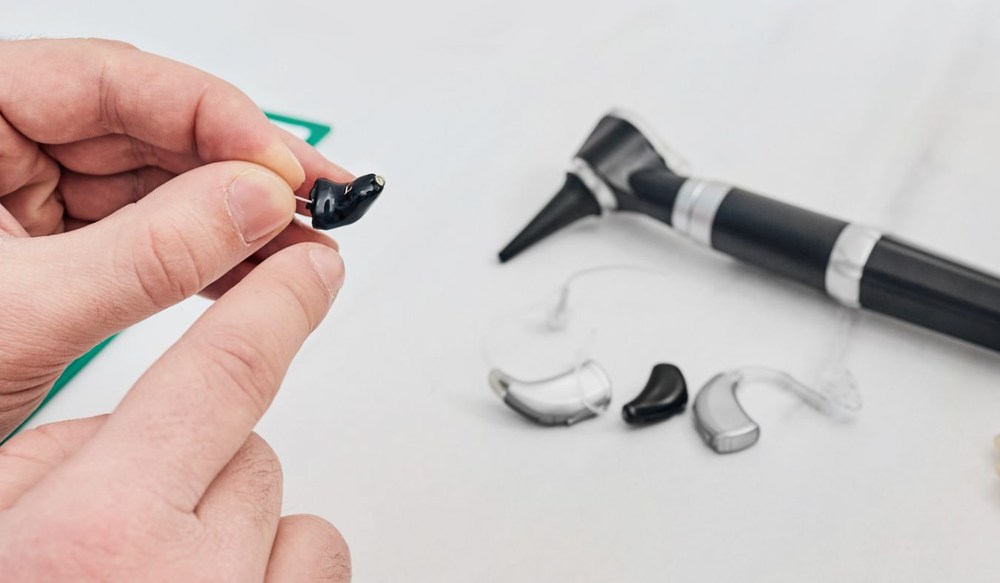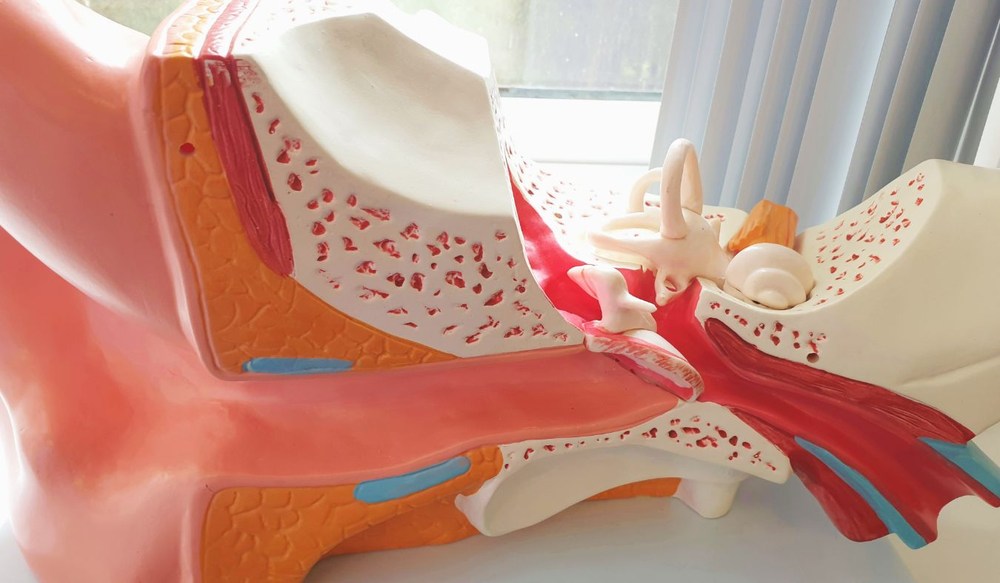How to Prepare for a Hearing Aid Fitting Appointment
A hearing aid fitting appointment is an important step in your hearing


A hearing aid fitting appointment is an important step in your hearing

When someone close to you begins to experience hearing loss, it is natural

Travel takes you to new places, exciting experiences and unexpected